Call it ignorance or lack of interest, we sometimes tend to give the ancients less credit then they deserve in terms of their contribution to the modern world . Ancient civilisations while fighting the battle of survival gave birth to a long list of ideas and inventions that form a major part of modern life. Following are only some of the inventions the ancients gifted to modern civilisation.
Concrete
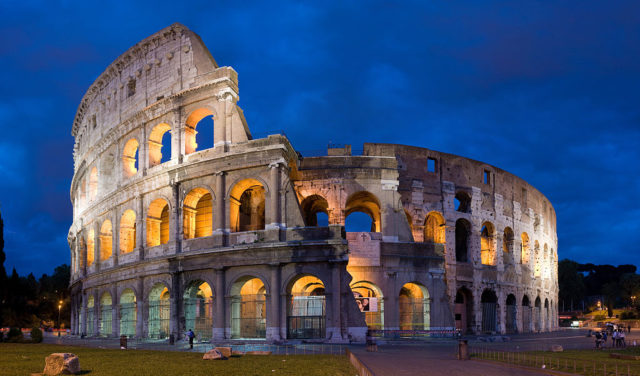
In both Roman and Egyptian times, it was re-discovered that adding volcanic ash to the mix allowed it to set underwater. Similarly, the Romans knew that adding horse hair made concrete less liable to crack while it hardened, and adding blood made it more frost-resistant. Crystallization of strätlingite and the introduction of pyro-clastic clays creates further fracture resistance.
German archaeologist Heinrich Schliemann found concrete floors, which were made of lime and pebbles, in the royal palace of Tiryns, Greece, which dates roughly to 1400-1200 BC. Lime mortars were used in Greece, Crete, and Cyprus in 800 BC. The Assyrian Jerwan Aqueduct (688 BC) made use of waterproof concrete. Concrete was used for construction in many ancient structures.
The Romans used concrete extensively from 300 BC to 476 AD, a span of more than seven hundred years. During the Roman Empire, Roman concrete was made from quicklime, pozzolana and an aggregate of pumice. Its widespread use in many Roman structures, a key event in the history of architecture termed the Roman Architectural Revolution, freed Roman construction from the restrictions of stone and brick material and allowed for revolutionary new designs in terms of both structural complexity and dimension.
Paper by Egyptians
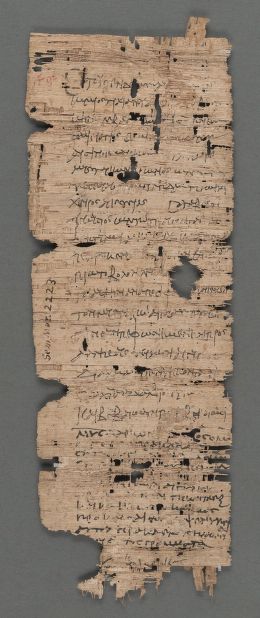
Using the pith of papyrus plant abundant on the bank of Nile, Egyptians had acquired the skills to form paper as early as 3000 B.C. The papers were not only produced they were also bind together to form a sort of a book that contained several strips of paper woven together. The hard surface of papyrus required strong pens which Egyptians made out of cut reeds, and used the ink by mixing various organic materials with vegetable gum and beeswax. The idea was to keep the inscriptions intact for longer periods of time, in which the Egyptian writers greatly succeeded; we can still find Egyptian hieroglyphics almost fully intact even after five millennia.
Eye Makeup
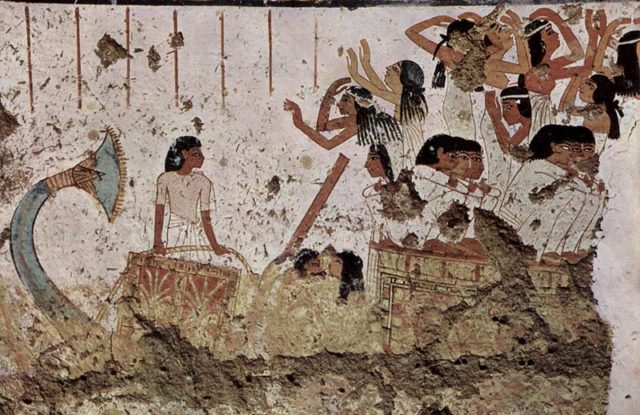
Egyptians were quiet curious folks, despite their elaborate mythology second only to Greek’s; they were also very active in creating stuff that elevated their status among other civilization. One of such things was the makeup, especially Eye-makeup. In some ancient depictions Egyptians are seen wearing black eye shades which they prepared by mixing soot with galena; galena is a mineral with a combination of black, gray and bluish hue. Some Egyptian elite were also depicted wearing a more greenish shade believed to have been made by mixing malachite, another mineral, with galena. The reasons of these makeups went far and beyond personal appearance, Egyptians wore these shades to supposedly protect themselves from evil eye and acquire self healing supernatural powers.
Democratic Setup
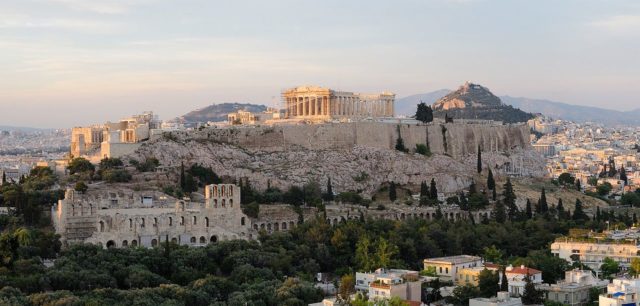
Democracy literally means the ‘rule of the people’ and is derived from the Greek terminology demokratia; the term was first introduced by the Ruler of famous Greek city-state Athens Cleisthenes in the year 507 B.C. The very initial governmental setup based on the suggested democratic principles was very much similar to what we have today in modern democracies. The first democratic setup by Greeks consisted of three institutions ekklesia, the boule and the dikasteria. Ekklesia was the Assembly responsible for formulating laws and foreign policy, the boule on the other hand was a council of representatives chosen from all major Athenian Tribes, lastly the dikasteria was a court system very similar to what we now call the Supreme courts. However this kind of governmental setup did not last long and was converted into a more aristocratic system in 460 B.C. when General Pericles decided to abandon democratic principles.
Newspaper
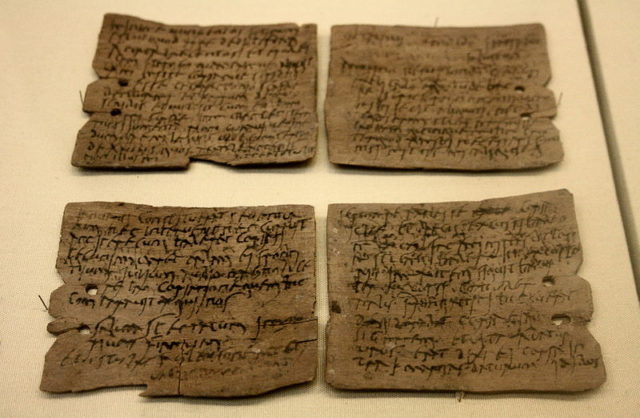
Though based on the different form of spreading news, the first prototype of modern newspapers was introduced in ancient Rome in 131 B.C. The gazette called The Acta Diurna (literally meaning Daily Acts) informing people of major military victories, significant births and deaths, famous gladiatorial bouts and other games was inscribed on stone or metals and was then hanged in the areas with heavy foot traffic to keep people up to date. Later on the writers of Acta Diurna also added some other stories of public interests on the gazette giving it more popular look then before. In the years of first consulship of Julius Caesar another information inscription Acta Senatus started making its name which chronicled the proceedings and activities of the Roman Senate. The Acta Diurna continued to be the part of Roman society under Roman Empire and is widely revered as the sole ancestor of modern print media.
Chocolate
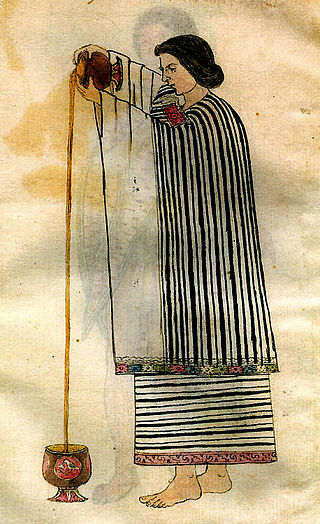
The history of chocolate begins in Mesoamerica. Fermented beverages made from chocolate date back to 1900 BC. The Aztecs believed that cacao seeds were the gift of Quetzalcoatl, the God of wisdom, and the seeds once had so much value that they were used as a form of currency. Originally prepared only as a drink, chocolate was served as a bitter, frothy liquid, mixed with spices, wine, or corn puree. It was believed to have aphrodisiac powers and to give the drinker strength. Today, such drinks are also known as “Chilate” and are made by locals in the South of Mexico.
After its arrival to Europe in the sixteenth century, sugar was added to it and it became popular throughout society, first among the ruling classes and then among the common people. In the 20th century, chocolate was considered a staple, essential in the rations of United States soldiers at war.
The word “chocolate” comes from the Classical Nahuatl word chocolātl, and entered the English language from Spanish
Photo: Making reinforced concrete. These construction workers from the US Navy are spreading wet concrete from a truck onto a grid of steel reinforcing bars. When the concrete sets, the steel bars will give it added strength. Picture by Lt. Edward Miller, courtesy of US Navy.